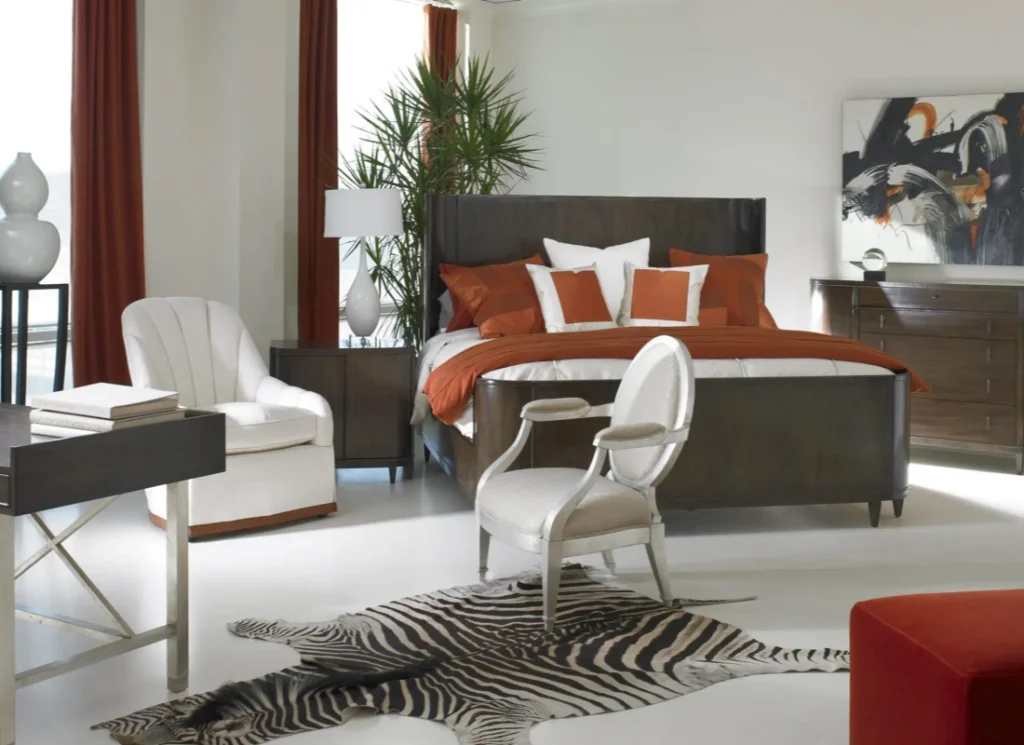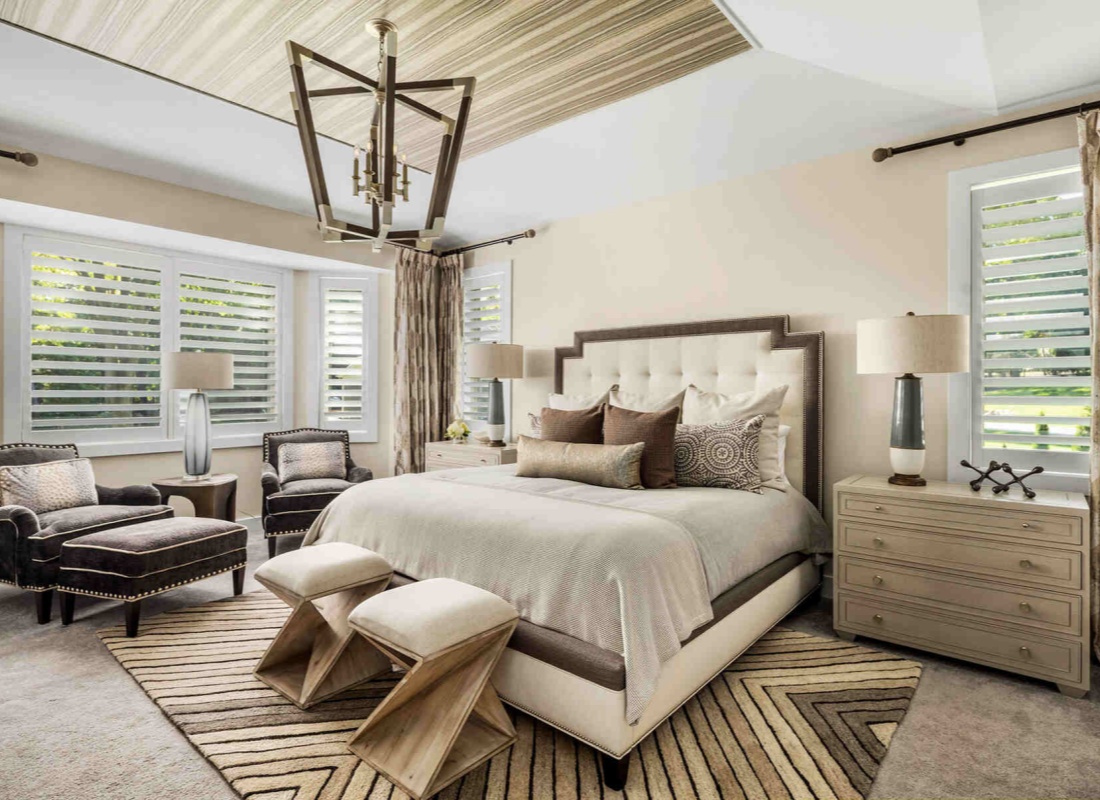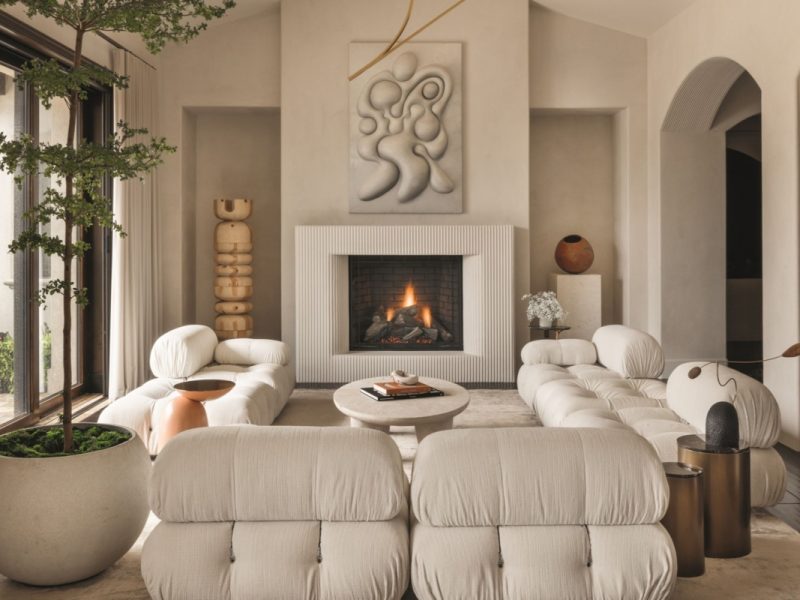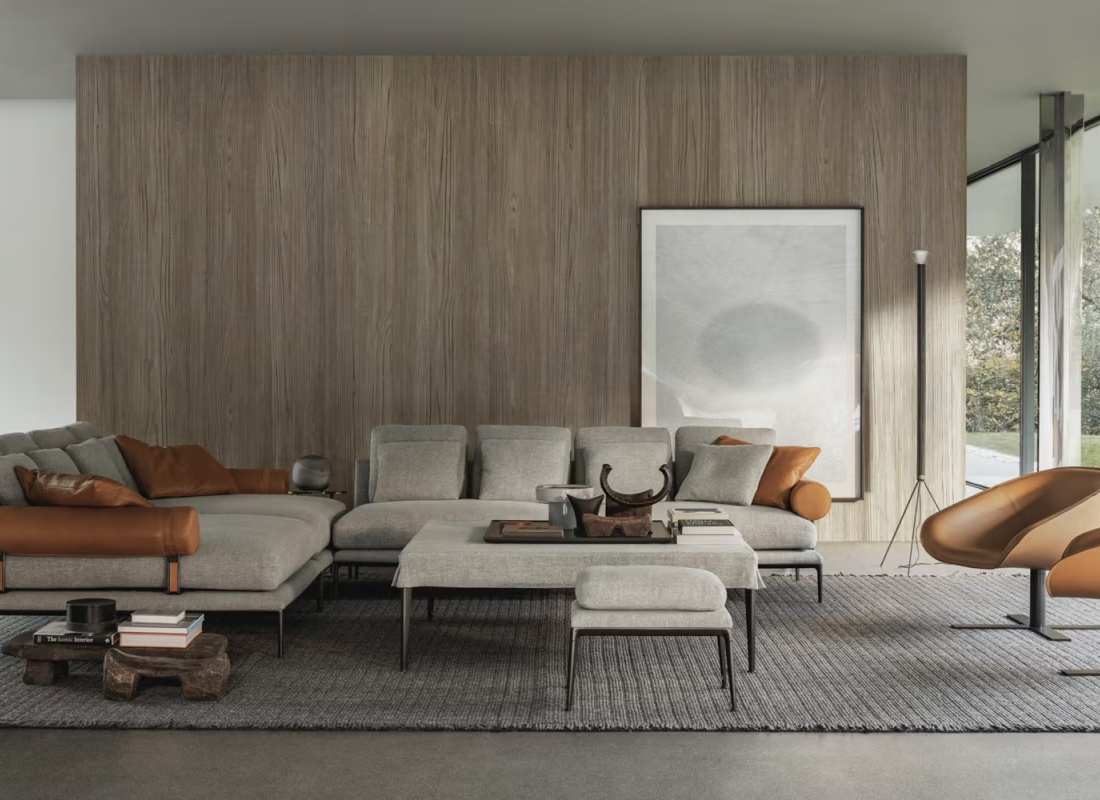Selecting bedroom furniture requires balancing functionality, style, and space, ensuring each piece serves a purpose while contributing to a cohesive, comfortable retreat. With thoughtful choices, you can create a room that meets your needs and reflects your taste.
Start by assessing the room’s size and layout. Measure the space carefully, noting doorways, windows, and any architectural features that might limit placement. A large bed might overwhelm a small room, so opt for a queen or full size instead of a king if space is tight. Leave at least two feet of walking space around the bed to avoid a cramped feel. For storage, consider wall-mounted shelves or a dresser that fits flush against a wall rather than bulky freestanding pieces, maximizing floor area.
Prioritize pieces that solve your specific needs. If you struggle with clutter, invest in a bed with built-in drawers or an ottoman that doubles as storage. For those who work from home, a compact desk tucked in a corner can serve as a vanity or workspace. Nightstands should be proportional to the bed—too small and they’ll feel insignificant, too large and they’ll crowd the area. Look for ones with drawers or shelves to keep essentials like glasses, books, or chargers organized.
Coordinate styles without matching perfectly. Mixing textures and finishes adds visual interest: pair a wooden bed frame with metal nightstands, or an upholstered headboard with a rattan dresser.

Stick to a consistent color palette—warm neutrals, cool grays, or soft pastels—to tie the pieces together. Avoid trends that might feel dated in a few years; instead, choose classic shapes with subtle details that stand the test of time. A sleek platform bed or a dresser with simple hardware can adapt to changing decor styles.
Test comfort and durability before buying. Sit on chairs or benches to ensure they’re sturdy and supportive. Check dresser drawers for smooth gliding and solid construction—dovetail joints are a sign of quality. Mattresses should offer the right level of firmness for your sleep style, whether you prefer memory foam, innerspring, or a hybrid. Don’t overlook small details: a nightstand with a stable surface to hold a lamp, or a dresser with enough depth to accommodate folded sweaters.
Arrange furniture to encourage flow. Position the bed against the wall opposite the door if possible, creating a focal point as you enter. Place nightstands on either side for symmetry, and angle a chair in a corner to create a reading nook. Keep frequently used items within reach—store pajamas in a dresser near the bed, and place a mirror near a window for natural light when getting ready. This layout makes daily routines easier and the room feel intuitive to use.
By focusing on size, function, coordination, and comfort, you can choose bedroom furniture that transforms the space into a practical, inviting haven—one that works for you every day.



